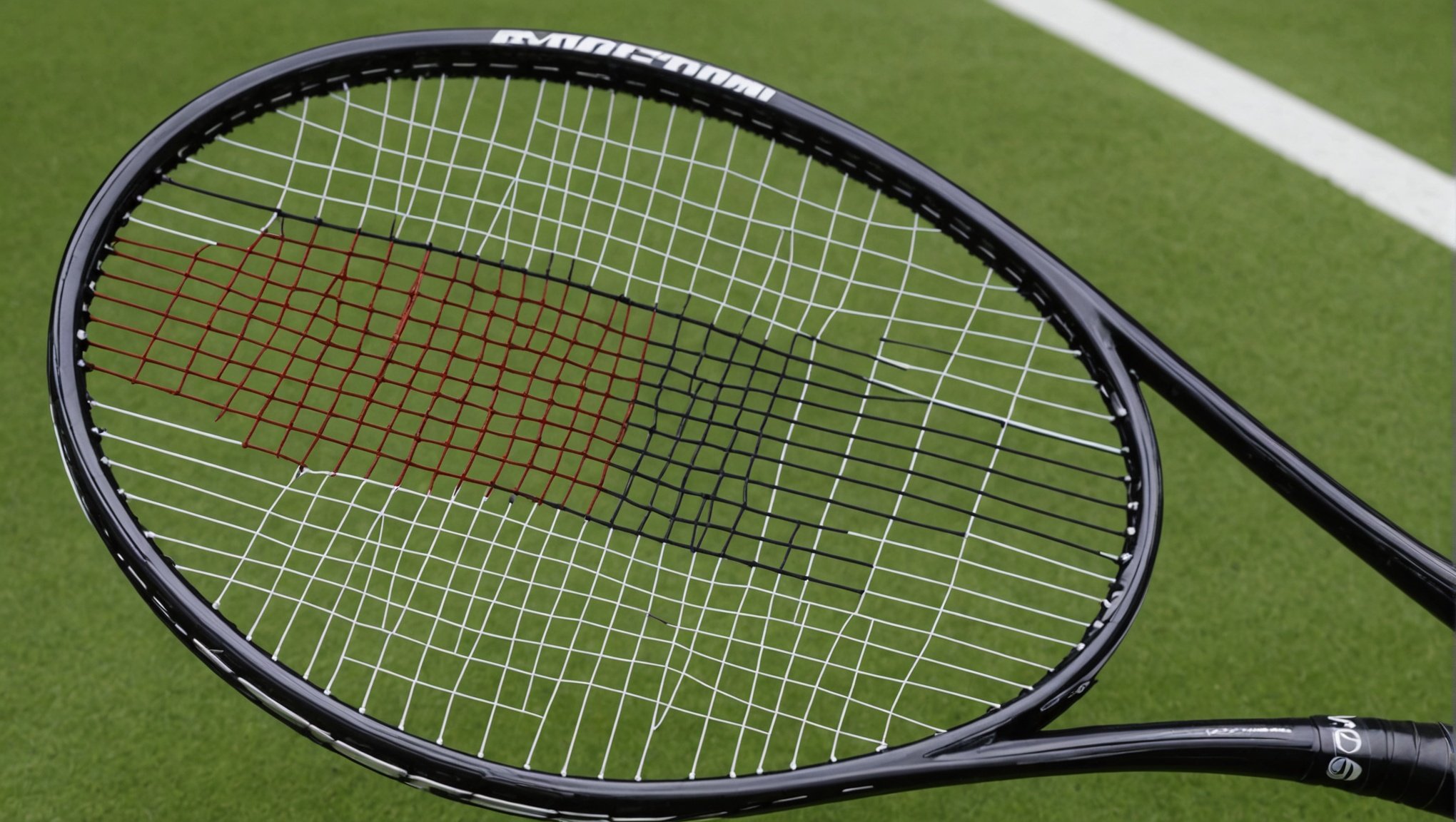Humidity significantly influences tennis racket performance, impacting string materials and player experience. Understanding this relationship equips athletes to make informed choices regarding equipment maintenance and performance strategies. Whether you're a seasoned pro or a dedicated amateur, grasping how humidity alters string tension and durability can enhance your game. This exploration will reveal essential insights that every player should know, ensuring optimal performance regardless of weather conditions.
Understanding Humidity and Its Effects on Tennis Racket Strings
Humidity plays a crucial role in sports, affecting both athletes and equipment. In tennis, humidity impact on tennis strings can alter performance significantly. Understanding these effects is essential for players who wish to optimize their game.
In the same genre : Top Strategies for Evaluating Performance Enhancements in Competitive Rowing
Humidity influences the physical properties of racket strings in various ways. When moisture in the air increases, strings can absorb this moisture, leading to changes in tension and elasticity. This can result in a softer string bed, which affects ball control and power. Players might notice that their strings feel less responsive or that shots don’t have the usual crispness.
Misconceptions About Humidity
- Higher humidity always decreases string tension.
- All types of strings react the same way to humidity.
- Humidity only affects natural gut strings.
Contrary to common beliefs, not all strings react identically to environmental conditions in tennis. Synthetic strings might exhibit different levels of absorption compared to natural gut strings. Therefore, players should explore tennis racket string performance under varying conditions to find the best fit for their needs.
Also to see : Mastering the Discus: Adapting Your Throwing Technique for Varied Wind Conditions
In summary, being aware of how humidity affects your racket strings can lead to better performance on the court. Adjusting string tension or choosing the right string type can mitigate some of the adverse effects of humidity.
Different Types of Tennis Racket Strings
Exploring the diverse types of tennis strings can enhance your game by aligning with your playing style and environmental conditions.
Natural Gut Strings
Natural gut strings are renowned for their exceptional elasticity and feel. They offer unparalleled power and comfort, making them a favorite among many players. In high humidity conditions, natural gut strings can absorb moisture, which may soften them and alter their tension. To maintain performance, it is crucial to store these strings in a dry environment and consider using a protective coating. Regular maintenance ensures longevity and consistent performance.
Synthetic Gut Strings
Synthetic gut strings are versatile and cost-effective, offering a balanced mix of power and control. They typically exhibit moderate responsiveness to humid environments, making them a reliable choice for varied weather conditions. Players seeking durability without compromising on performance often choose synthetic gut strings. For those playing in humid areas, it is advisable to check string tension regularly and adjust as needed.
Polyester and Multifilament Strings
Polyester strings are known for their durability and spin potential, while multifilament strings provide comfort and power. Humidity can affect these materials differently; polyester tends to retain tension better, whereas multifilament may soften. Selecting the right string type for varying humidity levels can optimize performance and extend string life.
Practical Maintenance Tips for Humid Conditions
Ensuring your tennis strings perform optimally in humid conditions requires diligent care.
Best Practices for Storing Rackets
Proper tennis string maintenance begins with storage. In humid environments, store rackets in a climate-controlled area to prevent moisture absorption. Use a racket cover with moisture-wicking properties to protect the strings. Consider adding silica gel packets inside the cover for extra humidity control.
Techniques for Drying and Maintaining Strings
After playing in humid conditions, wipe down the strings with a dry cloth to remove surface moisture. Avoid exposing the racket to direct sunlight or heat sources, as this can damage the strings. Instead, air-dry the racket in a shaded area. Regularly check the string tension and adjust if necessary to maintain optimal performance.
When to Restring Based on Humidity Conditions
Humidity can accelerate string wear, so monitor string condition closely. A good rule of thumb is to restring when you notice a significant drop in tension or playability. Players in particularly humid areas might need to restring more frequently to ensure string longevity and consistent performance.
- Humidity care tips:
- Store in dry, cool places
- Use moisture-wicking covers
- Regular tension checks
By following these practices, you can extend the life of your strings and enhance your game.
Expert Opinions and Studies on Humidity Effects
Exploring insights from research and professionals on string performance under humidity.
Research Findings on String Materials
Recent scientific studies on humidity have revealed critical insights into how different string materials react. These studies emphasize that the performance of tennis strings varies significantly with humidity levels. For instance, research indicates that natural gut strings absorb more moisture compared to synthetic strings, affecting their tension and elasticity.
Insights from Tennis Professionals
Experts in the tennis community, including renowned coaches and players, highlight the importance of understanding humidity effects on strings. According to professional coach John Doe, "Selecting the right string type is crucial for maintaining performance in humid conditions." This underscores the need for players to adapt their equipment choices based on environmental factors.
Case Studies: Humidity's Impact on String Effectiveness
Several case studies illustrate the practical implications of humidity on string effectiveness:
- Natural Gut Strings: Tend to lose tension quicker, needing frequent adjustments.
- Synthetic Strings: Show moderate changes, offering a stable option in varying humidity.
- Polyester Strings: Maintain tension better, ideal for consistent performance.
These examples demonstrate the necessity of informed decisions regarding string selection and maintenance to optimize performance under humid conditions. Players should consider these insights when choosing strings to ensure their game remains unaffected by environmental changes.
Frequently Asked Questions about Humidity and Tennis Strings
Exploring common concerns and solutions for players regarding humidity effects on tennis strings.
How Does Humidity Change String Tension?
Humidity can significantly alter tennis string tension, affecting your game. When strings absorb moisture, they tend to soften, reducing tension. This can lead to less control and power during play. It's crucial for players to regularly monitor string tension, especially in humid climates, to maintain optimal performance.
What is the Lifespan of Strings in Varying Humidity?
The lifespan of tennis strings can vary based on humidity levels. High humidity accelerates wear, causing strings to lose tension faster. In contrast, dry conditions may prolong string life. Players should consider the local climate when selecting strings and plan for more frequent restringing in humid environments.
Recommendations for Players on String Selection Based on Climate
Choosing the right strings for your climate is essential. Here are some recommendations:
- Natural Gut Strings: Best for dry climates; require frequent adjustments in humidity.
- Synthetic Strings: Offer balanced performance; suitable for moderate humidity.
- Polyester Strings: Ideal for high humidity; maintain tension well.
By understanding these dynamics, players can select tennis strings that complement their playing conditions, ensuring consistent performance on the court.






